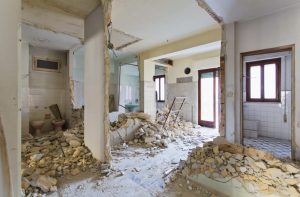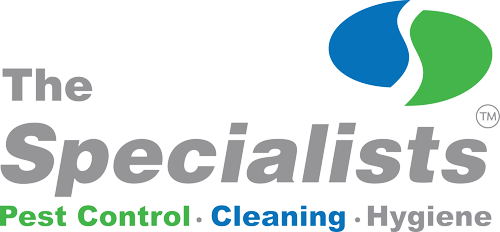 As the summer construction season takes off, numerous businesses, retail properties, and homes are expanding or undergoing renovations. While grappling with building plans, zoning regulations, contractors, and other concerns, it’s crucial to be aware that construction activities can inadvertently attract pests.
As the summer construction season takes off, numerous businesses, retail properties, and homes are expanding or undergoing renovations. While grappling with building plans, zoning regulations, contractors, and other concerns, it’s crucial to be aware that construction activities can inadvertently attract pests.
The underlying causes of pest infestations due to construction are often twofold:
1. Renovations disrupt regular sanitation and maintenance routines, leaving the property susceptible to pest invasions.
2. Intense construction activity can displace pests from their habitats, prompting them to seek new sources of shelter, water, and food.
Once pests infiltrate a construction site, they can create significant problems that not only exacerbate the challenges and stress of the project but also linger long after construction concludes.
Pest Threats to Your Construction Site:
1. Cockroaches: These rapid-reproducing pests contaminate food and trigger allergies by releasing spores into the air.
2. Rodents: Rats and mice carry diseases and are notorious for causing structural damage by gnawing on exposed wood, paper, pipes, and electrical wires during construction.
3. Termites: A silent menace, termites establish colonies and consume wood structures such as skirting boards, door frames, flooring, and other wooden finishes.
Effective Pest Management during Construction:
Prior to commencing work, collaborate with your building contractor and pest management provider to devise a proactive pest control strategy. This approach focuses on preventing and addressing pest issues around the construction site through measures like sanitation, exclusion, and ongoing maintenance.
Consider these strategies to safeguard your property from pests during construction:
1. Engage your pest management professional to assess your site and review construction plans to identify potential pest risks.
2. Implement pest monitors in the vicinity to detect and evaluate existing pest populations that could pose concerns.
3. Thoroughly inspect incoming building materials for signs of pests before bringing them on-site.
4. Examine new walls and foundations for cracks and gaps to reduce pest access once construction concludes.
5. Install bait stations and traps around construction materials and the site’s exterior to prevent pest ingress.
6. Maintain a clean and clutter-free construction site during the building process.
7. Prioritise ongoing maintenance and landscaping, including trimming overhanging trees and preventing weed growth near the structure.
It’s important to note that pest management remains imperative even after construction concludes, as newly renovated or constructed buildings remain vulnerable to infestations. Integrated pest management should remain an ongoing priority to protect your property both during construction and in the years ahead.
Curious about how our integrated pest management programs can safeguard your property during construction? Contact us today for a free quote.

